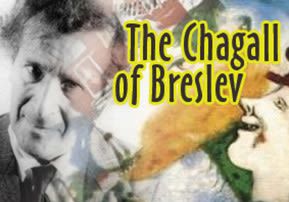
The Chagall of Breslev – Barak Uranovsky
Hashem works in wonderfully amazing ways! While leading artist Barak Uranovsky was doing a stained glass window for Chabad, he came to discover Rabbi Nachman and his Torah…

Visiting Moshav Bnei Re’em half way between Ashdod and Bet Shemesh, I was in for an amazing surprise – Barak Uranovsky. Born in Cape Town, South Africa in 1972 to an artistic family, Barak’s father Meyer is an acclaimed painter, his sisters musicians, his brother an architect, and his mother a fabric artist. Art is in their blood. Yet, with all due respect to the family members, Barak is another Marc Chagall, with no exaggeration whatsoever.
Barak studied art at school and did an appenticeship with David Manning, one of South Africa’s leading Stained-glass artists. He came to Israel in 1990 for a year in Yeshiva but ended up enlisting in the IDF the next year, combining Torah study and military service in the “Hesder” framework until 1995, when he was discharged from the army. He then started working with stained glass. Thirteen years later, he now has a lovely wife and 5 children.
A specialist in the classic stained glass technique, Barak works with fused glass – melting cut pieces and ground glass (frit) onto a big base glass at high temperature – and slumped glass.
He envisions a real Jewish art form, a unique art form that is Jewish in its inception. Barak attempts to craft art that conveys a strong and moving Jewish feeling. His soul is intertwined with his Jewish subject matter and that’s exactly what he wants to express. Barak told me, “I don't wish to make art that is Jewish, but Jewish art, that is Jewish in its idea, subject, feeling and method.”
Barak’s humility is rare among leading artists. He feels that he’s still far from his goal of creating a totally Jewish art form. “I know that I am not there,” he says, “and I don't know if I ever will be, but that’s where I believe I have to go with my art. I don’t believe that Hashem gave me artistic talent for esthetic purposes; rather it is an integral part of what I have to do in this world. This is particularly evident in the fact that my motivation to become a Baal Teshuvah and through my learning about Chassidut. To be honest, I first started learning Chassidic thought as background for a particular project. Hashem works in wonderfully amazing ways! While I was doing work for Chabad, I came to discover Rabbi Nachman and his Torah. The more I learn of his Torah, the more I see its relevance to me specifically and to these final generations. It is through him that I am learning to utilize my gift to serve Hashem in a way that only I can, and try make myself as much as a channel for His light as I can be.”
Through Rebbe Nachman, Barak is really honing in on his unique mission in life. His exquisite stained glass windows do more to ignite people’s souls than tens of hour-long sermons.
Barak loves what he does. The art of stained glass is his spiritual self-expression and the artistic manifestation of his connection to Hashem. “I don’t give sermons, “says Barak, “but I can make a synagogue more spiritually conducive to prayer. “ His breath-taking stained glass windows really do bring a person closer to Hashem.
For example, when he did stained glass of the 12 tribes, he wanted to go deeper than just drawing the simple symbol of the tribe, and thereby having an esthetically pleasing but shallow piece. The background color of each tribe became the color of the stone that was connected to that tribe on Aaron's breastplate. Each tribe has a unique color, and therefore unique attributes, spirituality and history. Barak gleans the Midrash for characters and tribal symbols and history to be incorporated into into the design. Joseph for example, will have elements of Joseph’s dream, Deborah (tribe of Menashe), Gideon (tribe of Ephraim), and the shofar of the Messiah which will be blown by the Herald from the tribe of Joseph.
Part of the process of stained glass includes painting with ground glass on the glass "canvas". Barak does his painting in one sitting, making the effect is more spontaneous and alive. He feels that he gets more "help" this way than trying to be in control. Taking Rebbe Nachman’s advice, he aims to bring out in his art the more simplistic, innocent part of himself. Sometimes the most exciting projects are those that are small and not so seemingly "important". By putting all his trust in Hashem, there is less ego involved so the painting comes out much more innocently, without sophisticated thought. Suddenly, one sees an end-product of a beautiful stained glass window that Barak himself has no idea where it came from.
Keep an eye on Barak Uranovsky – the Chagall of Breslev. Undoubtedly, he’s a rising star in Jewish art.
You can contact Barak Uranovsky at:
Home/Studio: 972-8-8694049
Cellular: 972-52-6071914
Email: mail@barakuranovsky.com
Site: www.barakuranovsky.com





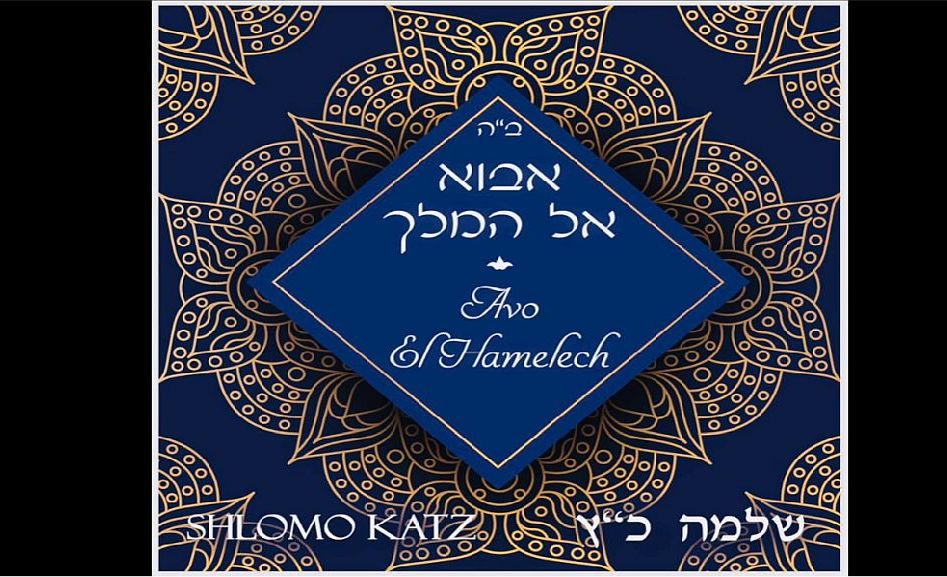


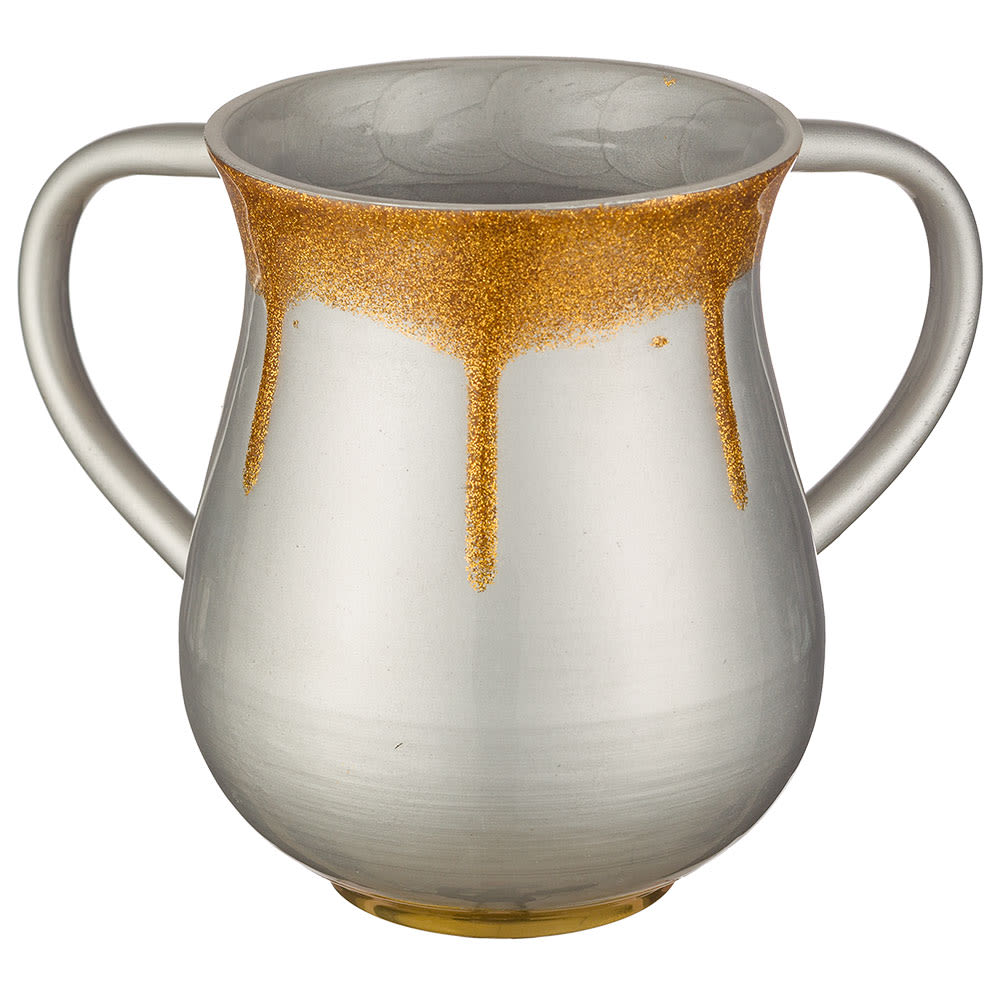
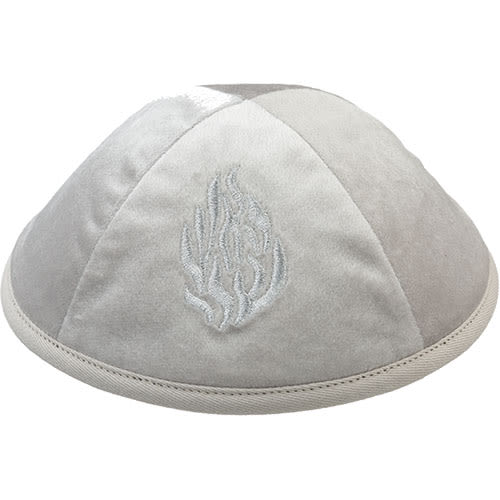
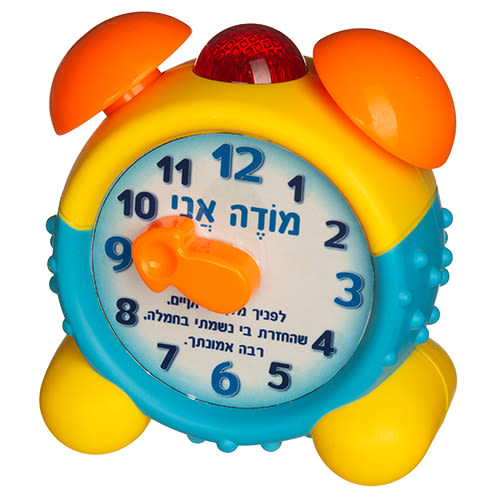

Tell us what you think!
Thank you for your comment!
It will be published after approval by the Editor.